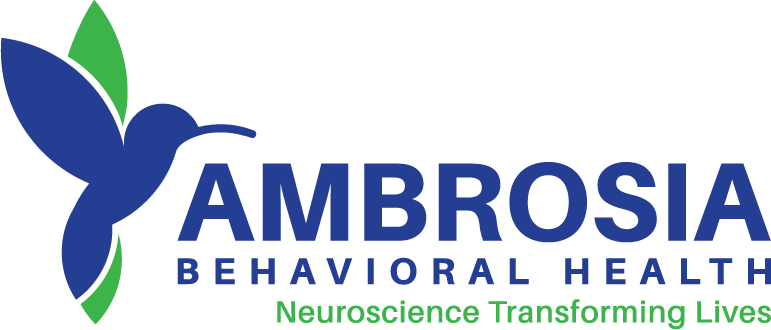Drug Addiction And Treatment For Women
Drugs manipulate our bodies. They latch to receptors and trigger chemical changes.
They slow our breathing, and they cause a cascade of perception changes. Some can even change the way we think about ourselves and the world around us.
Both men and women have the same receptors. But biological markers are different, and that can have a huge impact on both addiction and its recovery.
It’s not just that women tend to be smaller than men. It’s that women’s bodies process and respond to drugs differently than their male counterparts. And women face challenges due to their gender that men don’t always encounter.
For women with addictions, treatment is the answer. But the programs they need must be tailored, so they get effective care. And sometimes, women fare best in facilities that only accept residents like them.
But women do have some specific reasons for drug use that men don’t always share.
The National Institute on Drug Abuse (NIDA) says women cite these reasons for substance abuse:
- Weight control: Some drugs suppress the appetite, and others tinker with metabolism. A regular habit could keep a woman from both eating and packing on pounds.
- Overwork: Fulltime jobs, childcare duties, and other family obligations can make a woman run from dawn to dusk. Some drugs seem to boost energy, so a woman can get everything done.
- Pain control: Researchers say women feel pain more acutely than men, and women tend to struggle with chronic pain more frequently. Some drugs boost feel-good brain chemicals, so discomfort is easier to ignore.
- Self-treatment: Women struggling with co-existing mental health challenges like depression or anxiety can lean on addictive drugs as they attempt to ease the pain.
Men can struggle with these same triggers, as they’re (obviously) not unique to women. But they do seem to be a bit more common among females than males.
Similarly, both men and women can be victims of sexual abuse. But the way they process trauma can vary, and research suggests that women turn to drugs to ease the memories.
According to the National Council on Alcoholism and Drug Dependence, 70 percent of female drug users were sexually assaulted before their 16th birthday. These women weren’t sure how to process their memories and move forward, so they turned to drug obliteration instead. They may have felt as though they had no other choice.
What Drugs Do Women Choose?
Women tend to use:
- Stimulants. Women are more vulnerable to the rewarding impact of these drugs, says NIDA. Brain changes are bigger, and the drugs just feel good in the body. That can prompt women to develop addictions quicker than men.
- Opioids. Women are more likely to abuse pain pills without a prescription, NIDA says. These drugs are remarkably effective at changing body chemistry and prompting addiction.
- Depressants. Women who feel nervous and/or can’t sleep often head to the doctor. When they do, they can walk out with powerful medications that alter brain chemistry. Addictions can quickly form.
Do Women Need Gender-Specific Treatment?
Women are a minority in addiction treatment programs. According to the Substance Abuse and Mental Health Services Administration, about 33 percent of program admissions are women. That means the average woman enrolling in care is surrounded by men.
Treatment programs are often communal. People spend time in group settings to learn more about addiction and develop better habits. Women must feel comfortable discussing their past openly, and some women might balk at talking about rape, childbirth, or hormones with men in the room. If they’re not honest, they won’t get the full benefit of treatment.
But it’s a mistake to say that women want female-only programs. In fact, in a study in the journal Addiction, researchers found that few women wanted treatment like this. They preferred care with mixed genders.
Perhaps the solution is personalized care, no matter what gender is involved. Treatment providers should strive to meet women where they are, and they should hope to educate and inspire women struggling to improve. They should address all of the things that support a woman’s addiction, and they should offer solutions a woman can put to use.
Those programs should also address a woman’s real barriers to recovery. For example, research suggests a woman’s hormones could spark drug cravings, which ups her relapse risk. Her treatment program should help her deal with this problem so she can move past it when it happens.
Personalized care can be provided in a gender-specific program. And many programs made just for women offer a deeper level of customization than standard versions do.
A woman who gets the care she needs, regardless of setting, is a woman who can get better.








